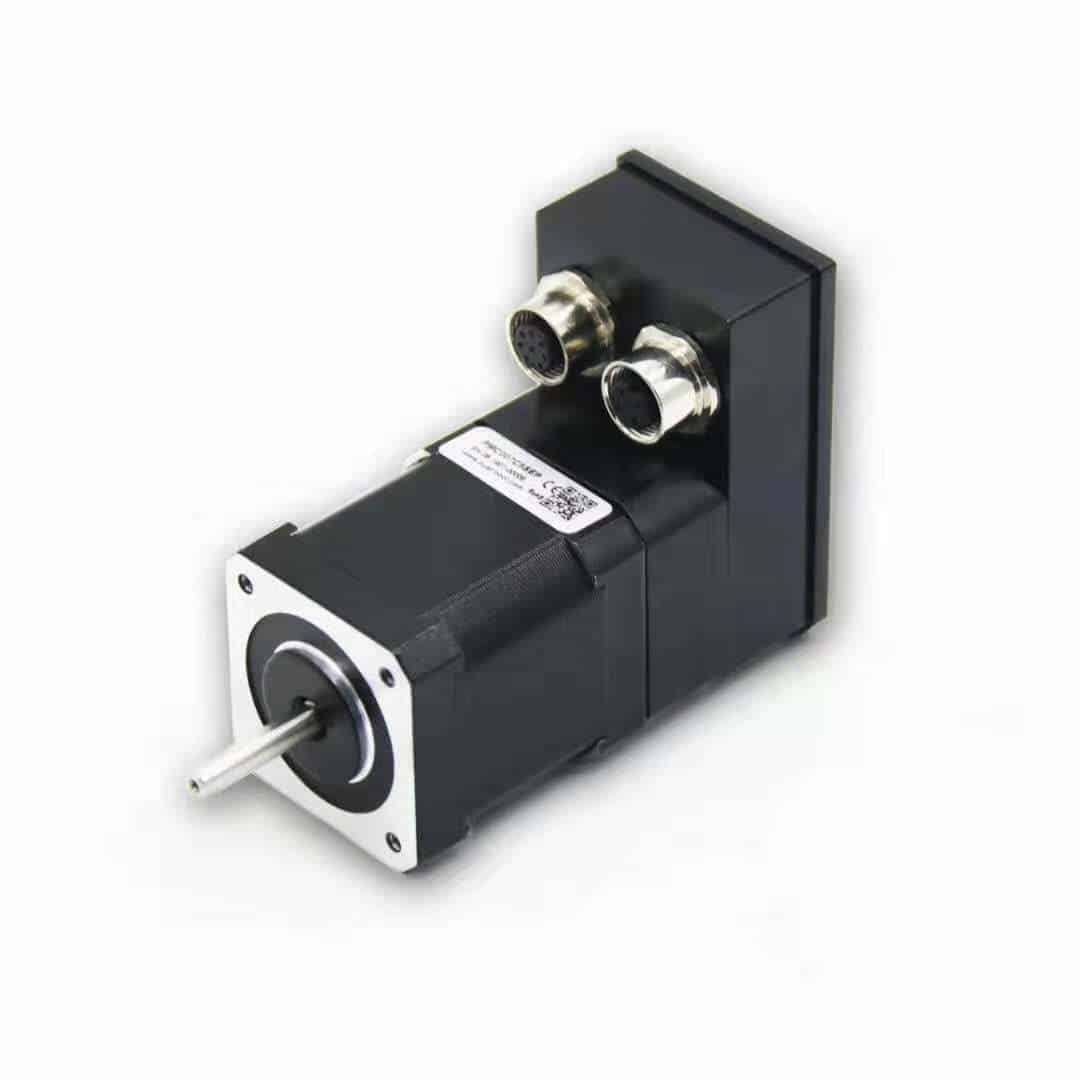- Welcome to Pulse Robot
- +86-23-63207381
- +8613677602178
- sales@pusirobot.com
How to choose a multi-turn absolute closed-loop stepper motor under different working conditions?
How to choose a multi-turn absolute closed-loop stepper motor under different working conditions?
Since the launch of the multi-turn absolute closed-loop stepper motor by PUSIROBOT in 2019, it has been favored by many users from the industrial control industry, and has solved many problems that have been plagued by many industry users.
First, the problem of structure. In the design of many users' mechanisms, engineers cannot install limit switches due to the problem of the solution itself or the size of the mechanism itself. Therefore, finding a change in this application becomes a problem. Many engineers have headaches. Some users can find space in the gap by using the through-beam optocoupler, but the complicated wiring brings great troubles to the later maintenance, especially in the application of multi-axis robotic arms, this phenomenon is very common.
Second, the mechanism has the problem of displacement after power failure. In many applications, after the device is powered off, the device will be moved artificially or non-artificially. At this time, there will be two situations. If the moving range is small, the motor circle We still have the option of a single-turn absolute closed-loop stepper motor if it counts less than 1 lap, but if there are more than one or more turns, then we have to consider a multi-turn absolute closed-loop stepper motor.
Recently, PUSI has launched a multi-turn absolute closed-loop stepper motor with aviation plug on the original basis, covering NEMA17, NEMA23, NEMA34 and other industry general models. In order to adapt to many special working conditions in the industry, we have taken another solid step. Preliminary testing of this type of model can reach IP64 waterproof level.
Now, do you know how to choose a multi-turn absolute closed-loop stepper motor?

